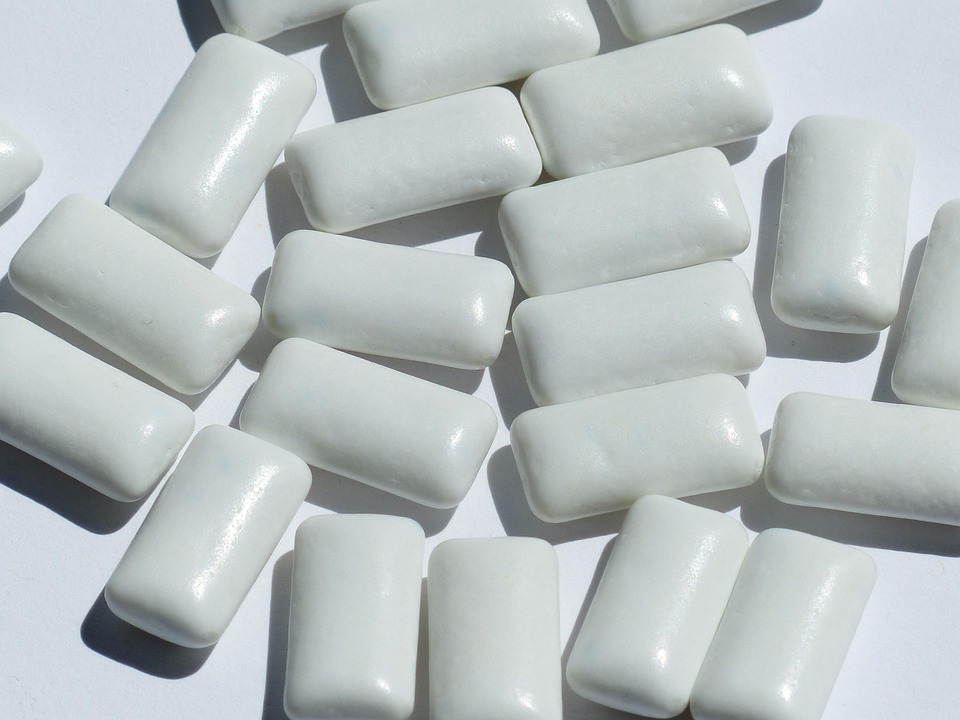Physical Address
304 North Cardinal St.
Dorchester Center, MA 02124
Physical Address
304 North Cardinal St.
Dorchester Center, MA 02124

If you’ve ever moved your tongue across your teeth and felt a weird, sticky layer, you’re not the only one. That uncomfortable “film” isn’t just annoying—it’s your mouth telling you something. In this post, I’ll talk about why this happens, what it means about what you eat, and how making a few easy changes in your food can help your teeth feel clean and shiny. I’ll share my own story. And yes, you’ll get a few easy tips you can start using right now. Don’t let that gross film hang around—let’s get rid of it together!
One morning I woke up and it seemed like my teeth were wearing a sweater. Strange, right? That fuzzy layer is called plaque. It’s a mix of germs, bits of food, and spit. I used to think I just had to brush harder. But my diet was actually a big part of the problem, not just my morning routine.
Plaque is sneaky. It shows up quickly, especially after you eat sugar or starchy foods. Your mouth feels rough or sticky and not smooth. If you’ve had this feeling, you know it’s not just gross—it makes you want to do something about it.
Many times, we don’t think about the things we eat during the day. Do you like sweet drinks, crackers, or chewy candies? I did too. These foods feed the germs in your mouth. After you eat, those germs make acid that causes the fuzzy film. So yes—what you eat really matters.
This means it’s not only about brushing your teeth. Eating the wrong foods can make your teeth feel gross, even if you brush a lot. That’s why it’s good to pay attention to what you eat.
Don’t ignore it! Plaque isn’t just about your teeth feeling weird. If it sticks around too long, it can turn into cavities, sore gums, and even bad breath. Imagine going about your day, not knowing that you’re creating tooth problems that are hidden.
Healthy teeth make eating, smiling, and even dentist trips easier. Trust me—ignoring the film can lead to bigger problems and more money spent later on.
Definitely! I learned this the hard way so you don’t have to. When I started eating less sugar and ate more crunchy veggies or cheese, I noticed that fuzzy feeling started to go away. It’s surprising how quickly your mouth feels better if you give it a break from sugar.
Choosing better foods helps stop germs from growing. Even just drinking more water and skipping soda can make a big difference. The changes don’t have to be huge or hard, but they really help.
Here are the biggest problems: soda, sticky candy, white bread, and dried fruit. Anything with lots of sugar or starch is like a party for germs in your mouth. I know this from snacking at night myself. Gummy bears? Instant fuzzy teeth.
You don’t have to quit these foods forever. Even swapping soda for bubbly water or eating apple slices instead of cookies can help a lot.
If your teeth are having a lot of trouble, sometimes brushing isn’t enough. That’s when places like a crown and bridge lab or an implant dental laboratory can help. They make things like crowns, bridges, veneers, or even new teeth when your real ones are too damaged.
There are special labs too, like a night guard dental lab or dental lab for retainers, to help stop grinding at night or to keep teeth from moving. Lots of labs, even ones in China, now use good tech and strong materials such as emax dental lab ceramics and zirconia lab crowns, so your tooth fixes look and feel great. They make repairs so they’re hard to spot.
Let’s be honest: we all snack while watching TV or late at night. I’ve been there many times too. Chips, candy, and granola bars—these often leave sticky stuff on your teeth that germs love.
Even regular pretzels can leave your teeth coated with starch. And most snacks are sticky or get caught in your teeth, making them hard to brush off. Constant snacking keeps your mouth full of acid and bad stuff for hours.
Luckily, yes! You don’t have to stop eating everything tasty. Try raw veggies, plain yogurt, or a handful of nuts. These foods help clean your teeth as you chew.
Instead of dried fruit, eat regular fruit, and swap soda for cold water when you can. Cheese is great, since it helps stop acid. These little changes are easy and add up fast.
Even after changing what you eat, sometimes that fuzzy feeling won’t fully go away. If you still see or feel plaque, don’t just hope for the best. That’s a clue to visit your dentist. Some plaque can mean bigger problems that only a dentist can help with—especially if you have crowns, bridges, or a retainer.
Dentists can see early problems before they get worse. They might tell you to work with a dental ceramics lab or use a high-tech arch dental lab to make things just for you. Don’t feel shy—ask questions! Your dentist wants to help, not judge.
Want to start? I did too. First, make small changes throughout your day. Carry crunchy snacks or sugar-free gum with you. Drink more water when you want soda. Brush after meals if you can—or at least rinse or chew gum when you can’t.
Try writing down what you eat for a week. (I was surprised how many small snacks I ate without thinking.) Make seeing your dentist a regular thing too. If you need more help, they might send you to a 3d dental lab or a denture lab—or even a veneer lab if your teeth have chips or stains. Take little steps, and you’ll see big changes.
Remember, your smile is worth it. Don’t let that fuzzy film win!